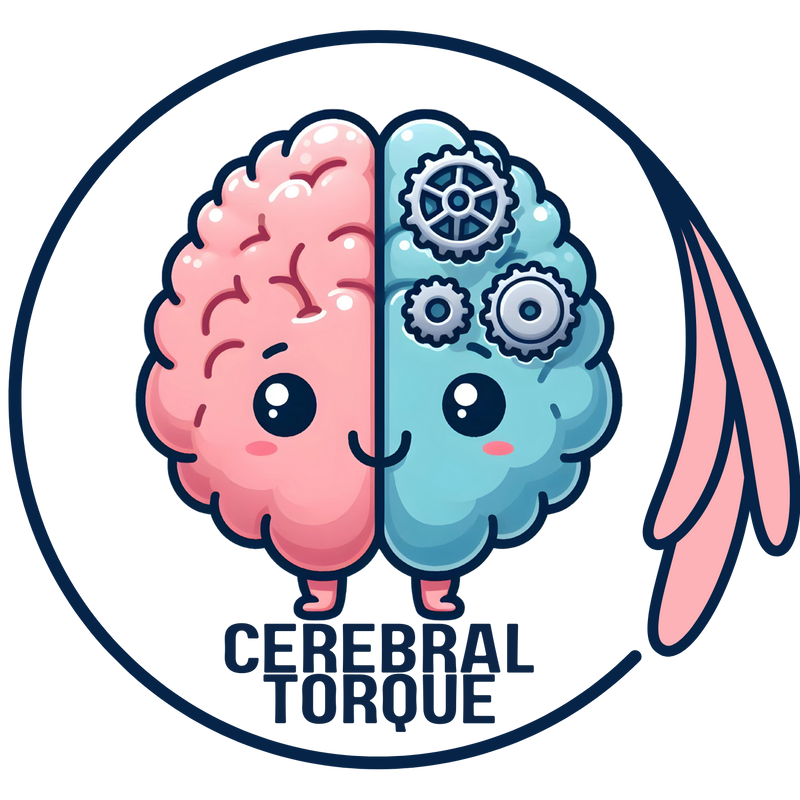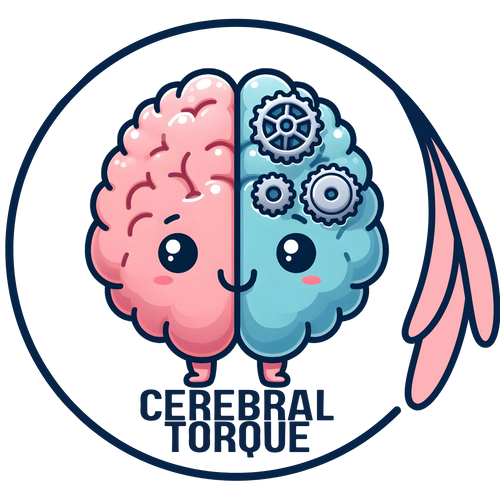Caffeine and Migraine: Helpful or Harmful?
Posted on October 27 2023,

This post is for educational purposes only and may contain errors. Please talk to your neurologist.
Caffeine has complex effects on migraine, with the ability to trigger attacks in susceptible individuals or provide symptom relief in others. Let’s talk about the pharmacology of caffeine, mechanisms of action, and what the science has to say.
Pharmacology
The chemical structure of caffeine is similar to adenosine and, therefore, functions as an antagonist at adenosine receptors (in other words, caffeine blocks adenosine's effects by attaching to adenosine receptors in the body). There are 4 main types of these receptors that have been identified: A1, A2A, A2B, and A3. The A1 and A2A receptors seem to play a role in pain and migraine. Adenosine essentially “slows down” activity in the central nervous system (CNS) and causes vasodilation (widening of blood vessels) and immune cell regulation.
After oral ingestion, caffeine is quickly absorbed into the bloodstream, reaching maximum concentrations in the blood within 15 to 120 minutes. Caffeine easily crosses the blood-brain barrier to exert effects on the brain. The average elimination half-life is around 5 hours in healthy adults, meaning it takes 5 hours for the blood concentration to decrease by half. Caffeine exhibits linear pharmacokinetics when intake is between 200-300 mg, meaning the concentration in the blood is directly proportional to the dose. However, at higher doses above this range, caffeine concentrations increase more than expected based on the dose, indicating saturation of metabolic pathways.
Caffeine Mechanisms of Action in Migraine
Adenosine
Caffeine binds to all four adenosine receptor subtypes as we previously described, but A1 and A2A predominately mediate its CNS effects at clinically relevant dosages. One type of adenosine receptor, called A1, is found in many areas of the brain. It slows down (or inhibits) communication between neurons by acting on both sending and receiving sides of the synapse (presynaptic and postsynaptic mechanisms, respectively). Another adenosine receptor, A2A, is mainly present in brain regions with a high density of dopamine signaling, like the striatum and olfactory bulb. The A2A receptor interacts with dopamine D2 receptors by forming pairs, which modify neuronal activity in complex ways, sometimes increasing and sometimes decreasing signaling (excitatory and inhibitory).
Caffeine attaches to adenosine receptors as we previously described, which prevents adenosine from binding to them. This lowers the usual inhibitory effect adenosine has on brain signaling. This results in a very "excited" cortex, so to speak, which leads to increased release of other signaling molecules downstream. Blocking adenosine also activates wake-promoting centers in the basal forebrain and lateral hypothalamus. This is how caffeine promotes alertness.
In migraine, the cortex of the brain is overly excited. This abnormal excitation may be made worse by caffeine. Again, caffeine blocks adenosine, which normally calms brain cell activity. So, blocking adenosine with caffeine could further increase excitation in the migraine brain.
Regular caffeine intake up-regulates adenosine receptors. Abrupt cessation can trigger excessive vasodilation and headache from hypersensitivity to adenosine.
Adenosine receptor up-regulation from chronic caffeine exposure could theoretically sensitize trigeminal pain pathways and has been invoked to explain withdrawal headache.
However, caffeine withdrawal did not increase susceptibility to cortical spreading depression (CSD) in one animal study.
Dopaminergic Effects
By blocking A2A receptors, caffeine enhances dopamine release in the striatum area of the brain. Dopamine has a role in migraine pathogenesis, but it is not conclusive if caffeine's effects on dopamine are responsible for its effectiveness in migraine treatment.
Cerebrovascular Effects
Caffeine causes cerebral vasoconstriction aka narrowing of blood vessels in the brain. This effect could potentially counteract widening of vessels that happens during migraine attacks. However, vascular changes are unlikely to be the primary cause of migraine pain as the theory that migraine is a disorder of blood vessels has been debunked.
Gastrointestinal Effects
Delayed gastric emptying and reduced gastrointestinal motility occur during migraine attacks and can impair oral medication absorption. Caffeine stimulates gut motility via adenosine receptor antagonism, potentially enhancing absorption of co-administered abortive therapies.
Analgesic Effects
Caffeine demonstrates analgesic efficacy in animal models, but the doses used are much higher than what people normally consume. Possible ways it may work include blocking A1 receptors to reduce release of pain signaling chemicals in the body, enhancing brain dopamine systems that dampen pain, and stopping production of compounds like prostaglandins and leukotrienes that promote pain. However, it's still unclear if these mechanisms explain how caffeine improves migraine in people so the evidence is inconclusive currently.
Sleep Disturbance
Caffeine promotes wakefulness by inhibiting adenosine A1 and A2A receptors involved in sleep regulation. Chronic use can disrupt normal circadian rhythms and sleep-wake cycles. Sleep deprivation is an established migraine trigger, providing another mechanism by which habitual caffeine could potentially provoke attacks.
Dehydration
High doses of caffeine have an acute diuretic effect secondary to adenosine receptor blockade in the renal tubules. Dehydration is a potential migraine attack trigger although evidence directly linking caffeine-induced dehydration to migraine is lacking.
What are the recommendations for caffeine use?
The American Headache Society endorses combination analgesics containing for mild to moderate migraine attacks. There are many randomized controlled trials that showed efficacy of oral caffeine-analgesics over placebo in relieving acute migraine pain. Combining caffeine with ibuprofen or acetaminophen provided superior pain relief compared to the analgesic alone in additional studies.
A meta-analysis confirmed the efficacy of adding caffeine to standard doses of common analgesics for acute migraine.
Intravenous caffeine also demonstrated effectiveness though less than magnesium sulfate in one trial for acute migraine.
However, caffeine's analgesic efficacy if used alone, without other medications, is not currently known. Possible mechanisms for its adjuvant effects include:
1) CNS stimulation promoting absorption of co-administered abortive medications
2) Enhanced dopamine-mediated descending pain modulation
3) Improved drug delivery via vasoconstriction
4) Blockade of headache-promoting adenosine activity
Caffeine Overuse
Frequent caffeine-containing analgesic use risks medication overuse/adaptation headache and increased migraine frequency. Chronic intake promotes central sensitization through hyperexcitability and, likely, chronic A2A receptor activation. Several studies show higher caffeine intake increases the risk of chronic migraine and medication overuse/adaptation headache. Proposed mechanisms include glutamate hyperexcitability and neuropeptide release.
Currently, the science we have does not establish caffeine as a definitive clinically relevant migraine trigger, but caffeine restriction could be reasonable in some patients with frequent migraine.
Caffeine-Withdrawal Headache
Abrupt caffeine withdrawal after chronic intake triggers headaches due to "rebound" vasodilation as adenosine receptors become available again. Caffeine withdrawal headache normally resolves spontaneously within 1 week.
Caffeine-withdrawal headache is classified under the ICHD-3 category of “Headache attributed to a substance withdrawal,” with the following diagnostic criteria:
- Headache fulfilling criterion C
- Caffeine consumption of >200 mg/day for >2 weeks, which has been interrupted or delayed
- Evidence of causation demonstrated by both of the following:
- headache has developed within 24 hours after last caffeine intake
- either or both of the following:
- a) headache is relieved within 1 hour by intake of caffeine 100 mg
- b) headache has resolved within 7 days after total caffeine withdrawal
- Not better accounted for by another ICHD-3 diagnosis.
Final Thoughts
While observational studies have produced mixed findings on the association between habitual caffeine intake and migraine risk, recent evidence from a 2023 Mendelian randomization study supports a potential causal relationship. Researchers utilized genetic variants strongly related to caffeine consumption as proxies to evaluate the causal effect of long-term exposure. Their analysis found a significant association between genetic predisposition to higher coffee intake and lower odds of migraine and migraine with aura, suggesting caffeine may prevent migraine.
However, further research is needed to confirm this causal relationship and clarify the implications for dietary recommendations.
The latest clinical evidence supports combining caffeine with standard analgesics for acute migraine treatment. For migraine prevention, restricting caffeine intake may benefit some patients prone to caffeine-induced sleep disruption, dehydration, medication overuse/adaptation headache, or adenosine receptor upregulation. However, current epidemiologic data does not definitively establish regular caffeine consumption as a clinically relevant precipitating factor for most people with migraine. Caffeine has dose-dependent dichotomous effects in migraine that warrant further study to guide clinical recommendations regarding caffeine intake.
Finally, other than migraine, caffeine has great efficacy for hypnic headache: https://www.cerebraltorque.com/blogs/migrainescience/hypnic-headache
Mon, Nov 17, 25
Migraine Research - During the week of my absence.
Migraine Research - During the week of my absence. The Association Between Insomnia and Migraine Disability and Quality of Life This study examined how insomnia severity relates to migraine disability...
Read MoreSat, Nov 01, 25
Anti-CGRP Monoclonal Antibody Migraine Treatment: Super-Responders and Absolute Responders and When to Expect Results
Anti-CGRP monoclonal antibodies achieved 70% super-response and 23% complete migraine freedom in a one-year study. Most dramatic improvements occurred after 6 months of treatment. For patients with chronic or high-frequency...
Read MoreAll Non-Invasive Neuromodulation Devices for Migraine Treatment
Wondering if migraine devices actually work? This guide breaks down the latest evidence on non-invasive neuromodulation devices like Cefaly, Nerivio, and gammaCore. Learn which devices have solid research backing them,...
Read More



